
基因克隆和DNA分析(第7版 影印版)
全新 不包邮 英文版
¥ 30 6.4折 ¥ 47 全新
仅1件
山西太原
认证卖家担保交易快速发货售后保障
作者[英]T.A.Brown 著
出版社高等教育出版社
出版时间2018-01
版次1
装帧平装
上书时间2021-02-28
- 在售商品 暂无
- 平均发货时间 11小时
- 好评率 暂无
- 店主推荐
- 最新上架
商品详情
- 品相描述:全新
图书标准信息
- 作者 [英]T.A.Brown 著
- 出版社 高等教育出版社
- 出版时间 2018-01
- 版次 1
- ISBN 9787040489132
- 定价 47.00元
- 装帧 平装
- 开本 16开
- 纸张 胶版纸
- 页数 353页
- 字数 600千字
- 正文语种 英语
- 【内容简介】
-
《基因克隆和DNA分析(第7版 影印版)》的英文原版是一本在国外很有影响,且使用广泛的基因克隆和DNA分析的入门教材。全书深入浅出地阐述了分子生物学基本技术如基因克隆、基因表达、PCR、基因组学等的原理,同时又生动地介绍了基因克隆和DNA分析在基础研究、医学、农学、法医学等领域中的实际应用。
《基因克隆和DNA分析(第7版 影印版)》适合作为高等院校生物学、农林、医药类专业的教学参考书,也可供生命科学相关科研人员和中学生物教师参考。 - 【目录】
-
Preface to the Seventh Edition
About the Companion Website
Part 1 The Basic Principles of Gene Cloning and DNA Analysis
1 Why Gene Cloning and DNA Analysis are Important
1.1 The early development of genetics
1.2 The advent of gene cloning and the polymerase chain reaction
1.3 What is gene cloning?
1.4 What is PCR?
1.5 Why gene cloning and PCR are so important
1.5.1 Obtaining a pure sample of a gene by cloning
1.5.2 PCR can also be used to purify a gene
1.6 How to find your way through this book
Further reading 12
2 Vectors for Gene Cloning: Plasmids and Bacteriophages
2.1 Plasmids
2.1.1 Size and copy number
2.1.2 Conjugation and compatibility
2.1.3 Plasmid classification
2.1.4 Plasmids in organisms other than bacteria
2.2 Bacteriophages
2.2.1 The phage infection cycle
2.2.2 Lysogenic phages
Gene organization in the □ DNA molecule
The linear and circular forms of □ DNA
M13-a filamentous phage
2.2.3 Viruses as cloning vectors for other organisms
Further reading
3 Purification of DNA from Living Cells
3.1 Preparation of total cell DNA
3.1.1 Growing and harvesting a bacterial culture
3.1.2 Preparation of a cell extract
3.1.3 Purification of DNA from a cell extract
Removing contaminants by organic extraction and enzyme digestion
Using ion-exchange chromatography to purify DNA from a cell extract
Using silica to purify DNA from a cell extract
3.1.4 Concentration of DNA samples
3.1.5 Measurement of DNA concentration
3.1.6 Other methods for the preparation of total cell DNA
3.2 Preparation of plasmid DNA
3.2.1 Separation on the basis of size
3.2.2 Separation on the basis of conformation
Alkaline denaturation
Ethidium bromide-caesium chloride density gradient centrifugation
3.2.3 Plasmid amplification
3.3 Preparation of bacteriophage DNA
3.3.1 Growth of cultures to obtain a high □ titre
3.3.2 Preparation of non-lysogenic □ phages
3.3.3 Collection of phages from an infected culture
3.3.4 Purification of DNA from □ phage particles
3.3.5 Purification of M13 DNA causes few problems
Further reading
4 Manipulation of Purified DNA
4.1 The range of DNA manipulative enzymes
4.1.1 Nucleases
4.1.2 Ligases
4.1.3 Polymerases
4.1.4 DNA-modifying enzymes
4.2 Enzymes for cutting DNA: Restriction endonucleases
4.2.1 The discovery and function of restriction endonucleases
4.2.2 Type II restriction endonucleases cut DNA at specific nucleotide sequences
4.2.3 Blunt ends and sticky ends
4.2.4 The frequency of recognition sequences in a DNA molecule
4.2.5 Performing a restriction digest in the laboratory
4.2.6 Analysing the result of restriction endonuclease cleavage
Separation of molecules by gel electrophoresis
Visualizing DNA molecules in an agarose gel
4.2.7 Estimation of the sizes of DNA molecules
4.2.8 Mapping the positions of different restriction sites in a DNA molecule
Part Ⅱ The Applications of Gene Cloning and DNA Analysis in Research
Part Ⅲ The Applications of Gene Cloning and DNA Analysis in Biotechnology
Glossary
Index
点击展开
点击收起
相关推荐
— 没有更多了 —




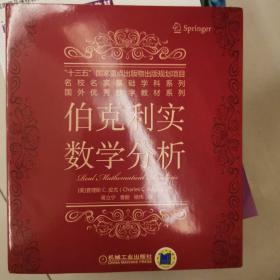
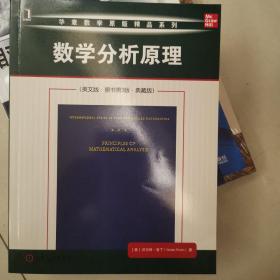
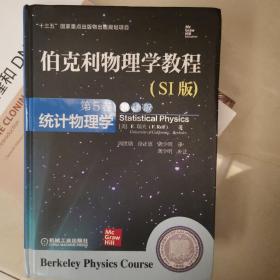



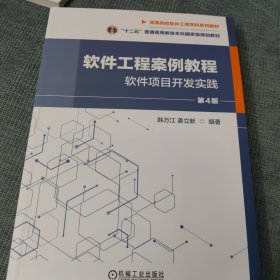


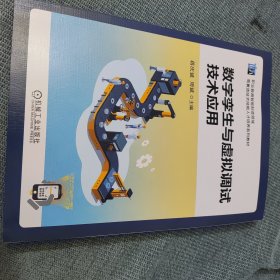
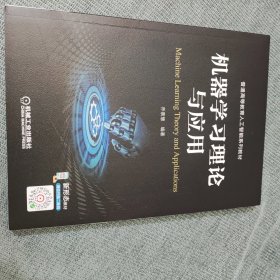
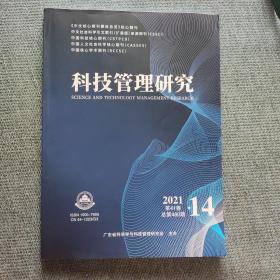











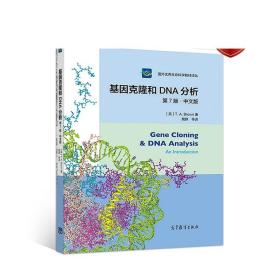
![基因克隆和DNA分析:[英文版]](https://www0.kfzimg.com/sw/kfz-cos/kfzimg/12122249/d00280e04af20012_s.jpg)
以下为对购买帮助不大的评价